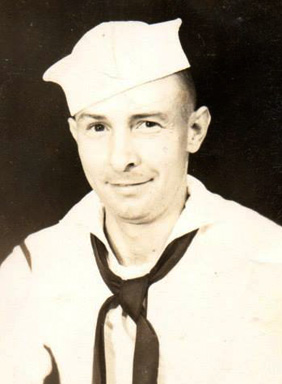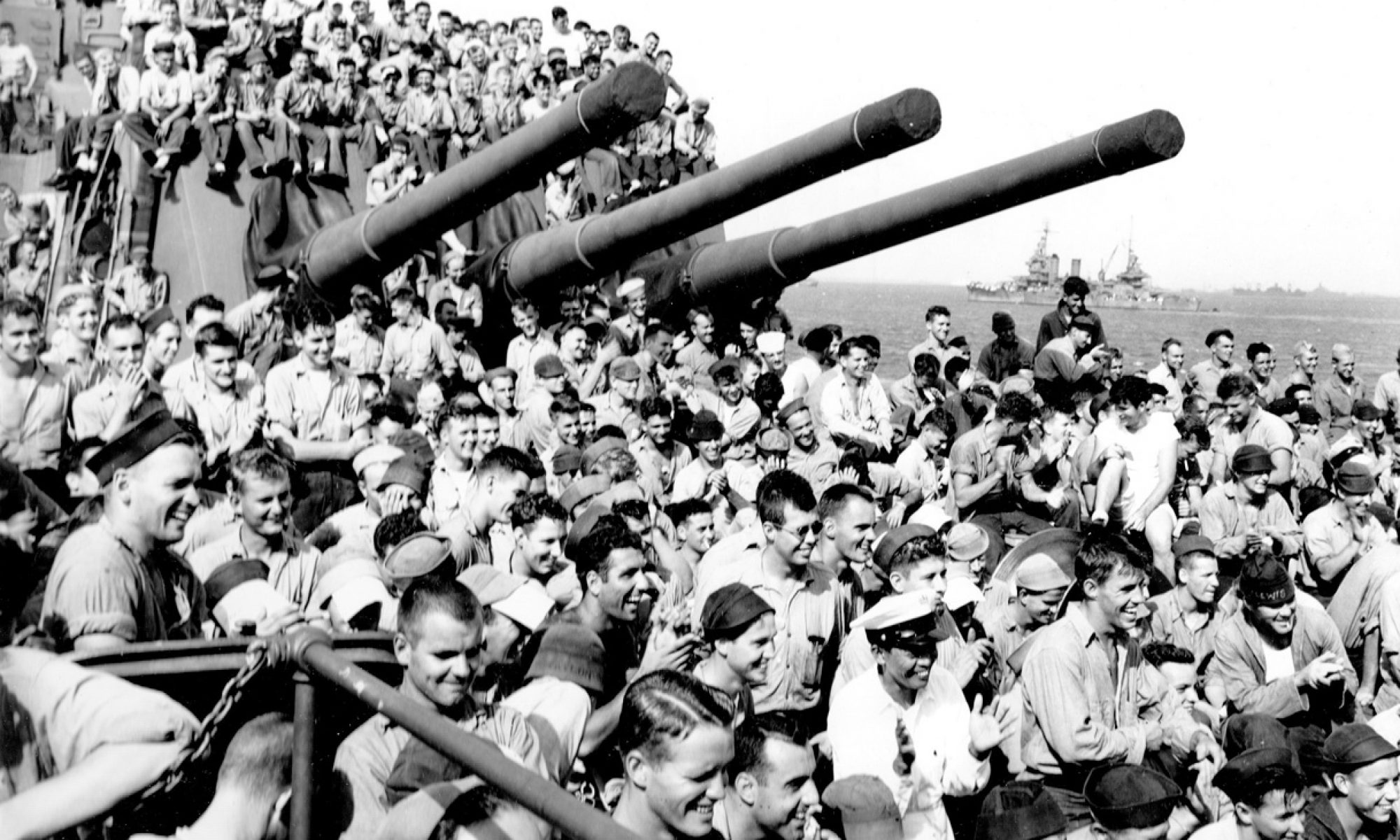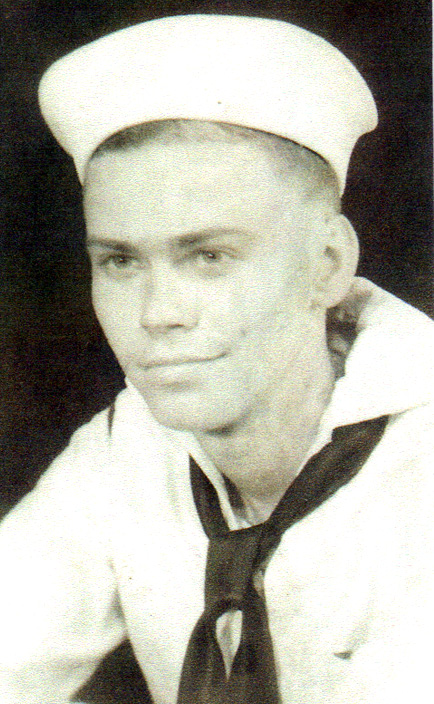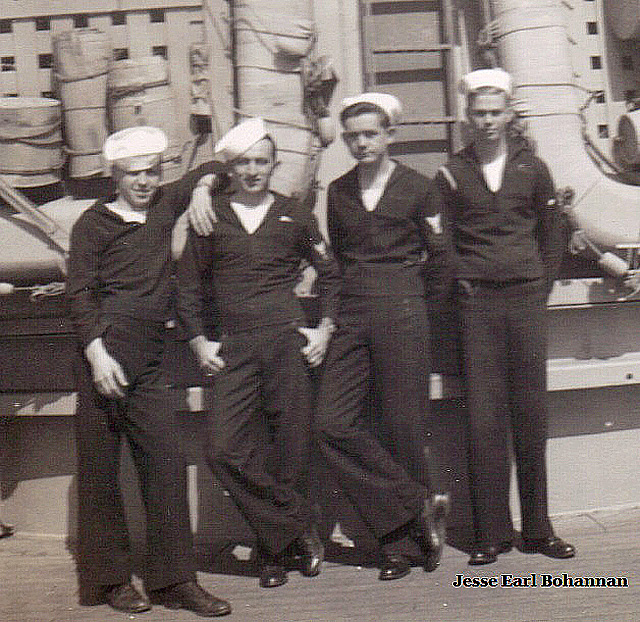8-5-15
Tomorrow marks the 70th anniversary of the devastation unleashed by the United States upon the Japanese city of Hiroshima.
Here is my post from last year:
August 6, 2014
Discussing the last days of the war, Pat Fedele says this: We were ordered to prepare for ship-to-ship battle with the Japanese. The Quincy, the Boston, the destroyers – not the carriers though, were going to go in and shoot shells at the Japanese Navy. It got called off. The very next day, we saw the flash in the sky.
Frank Studenski’s Diary entry for August 6: The weather is getting better and we are on a course for the Jap mainland.
As the Atom Bomb detonated over Hiroshima a few minutes after 8 am, Captain Norman C. Bayley, USMC, commander of CA-69’s Marine detachment, was aboard a captain’s skiff in the Inland Sea, along with his unwilling translator, the twice (or thrice) sunken destroyer captain who he calls Takai, headed for the shoreline. His top secret mission was to provide an eyewitness account of details of the destruction of the first nuclear weapon unleashed in any war: locate and identify “ground zero” and record the extent of the damage. When Norm arrived, there was nothing to see except for a few buildings that did not evaporate, a few smokestacks still standing, and thousands of badly wounded and horribly burned people streaming toward him and away from the city.
Norm was equipped with a .45, two notebooks and a camera. I have always assumed he was in civilian clothes – you know, inconspicuous (as inconspicuous as a white American could be in a Japanese industrial/military wartime city.) In fact, he was in full uniform. The reasoning was that if he were captured, he might stand a chance of surviving as a prisoner of war if he was in uniform. If he was in civilian clothes, he would be tortured and executed as a spy.
The second part of his mission was to make his way from southern Honshu to the island of Kyushu and repeat the process for the second bomb, dropped on the 9th of August, over the industrial city of Nagasaki.
I met with Norm again a few weeks ago. He is 96 years old. He has not forgotten.
steve
 Paul’s time aboard the Boston:
Paul’s time aboard the Boston:


